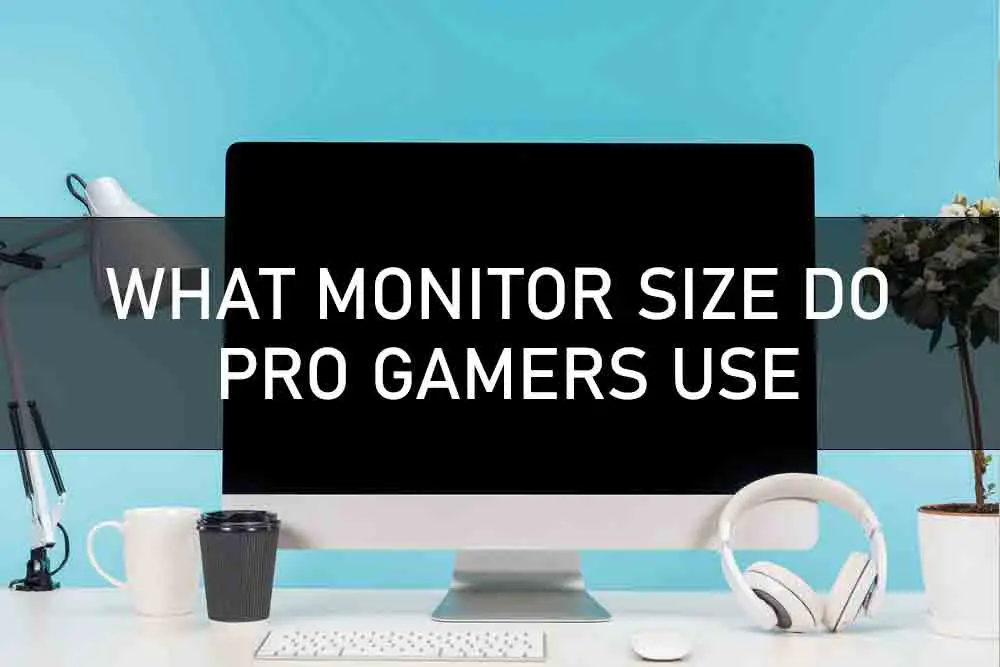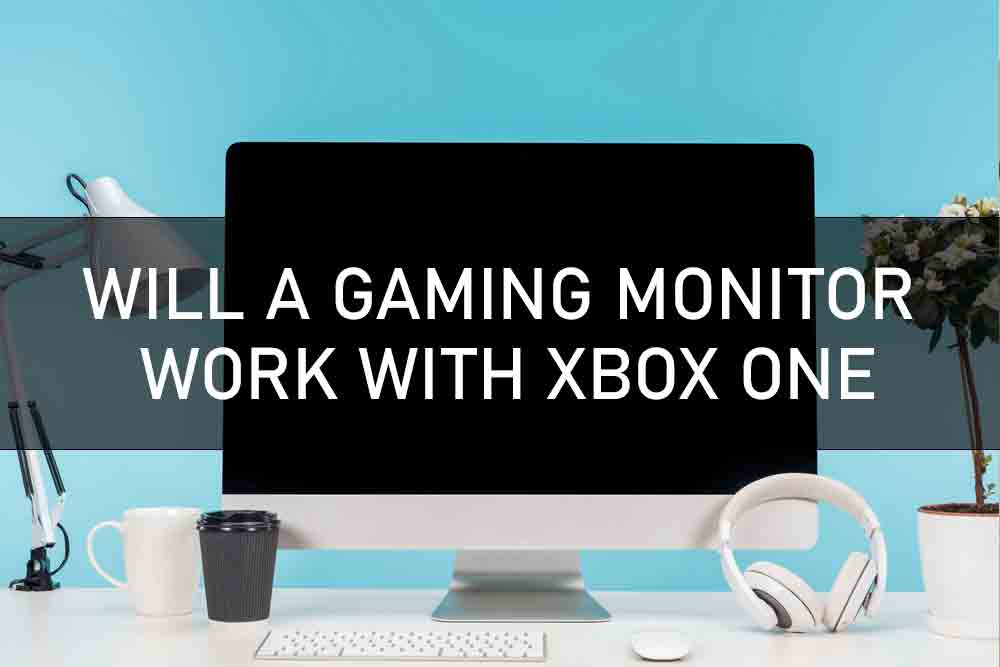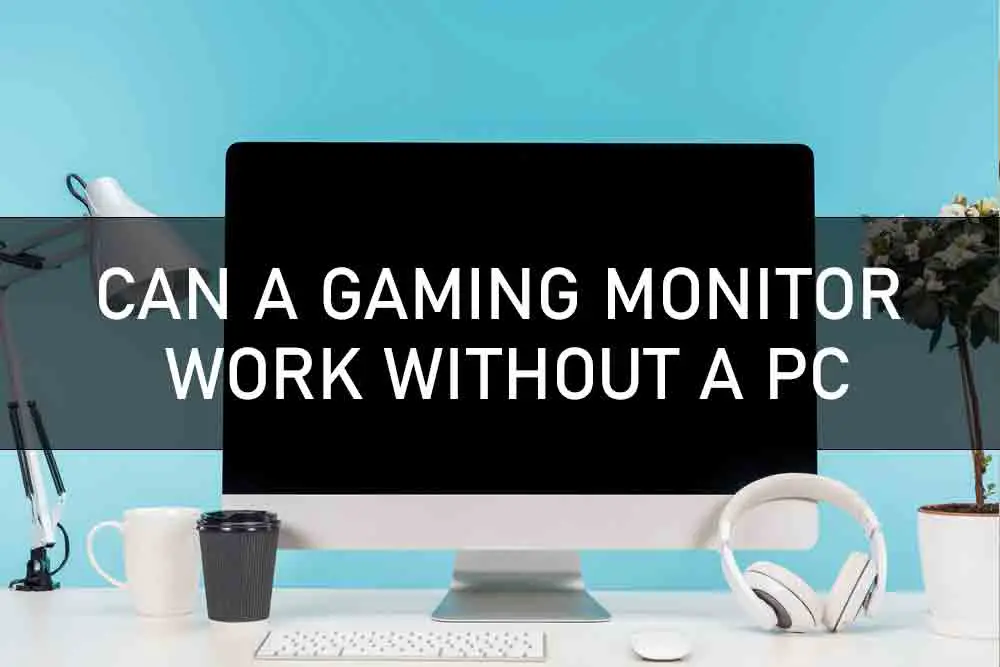With the growing popularity of video conferencing and other forms of multimedia communication, it is more important than ever to have a good computer monitor. The right screen will make your job easier and your presentations better. But what kind should you get? There are many different monitors on the market today, each with its own strengths and weaknesses. This article will help you choose an appropriate model for your needs.
The TOP Computer Monitors For Video Conferencing and Zoom
If you want to get the most out of your video conferencing, invest in a good computer monitor for this purpose. It should meet all of the criteria listed above and it should be a good match for your equipment. Luckily, there are a lot of options on the market that meet these standards and will make it easy to do business from anywhere in the world.
However, there are many options on the market so you may want to do some research before making your final product choice. Some options include:
Basic Best Monitor
Best Monitor with Built-in speakers
Best Monitor with HD Camera
Best 4K Monitor
Best Monitor for Zoom Meeting
How do You Choose the Right Monitor for Video Conferencing?
A monitor for video conferencing should have several key features. Some of the most important are:
Large Display – A good video conferencing monitor should be large enough for all of the participants to see. Sixteen inches is usually a good size, but it may vary based on the room and the equipment you are using.
High Resolution – A high resolution is important, but it depends on the quality of your equipment. If you have a good video conferencing camera and a large HD display, a higher resolution will enhance your multimedia experience.
Wide Viewing Angle – A wide viewing angle gives everyone at the meeting a clear view of the screen without any distortion or loss of color. This is much more important than high resolution, and it can make a huge difference in your meetings.
Flat Panel Display – A flat panel display is better for video conferencing because you can project the screen directly onto it without distortion or loss of quality. Also, a monitor with a flat display gives a more consistent image from all angles.
Fast refresh rate – A monitor with a fast refresh rate will help you avoid motion sickness and reduce the chance of motion blur.
Flicker-free – A flicker-free display will help reduce eyestrain and in some cases can even reduce the risk of getting headaches.
True Color Accuracy – A true color display will give you accurate colors that are relatively consistent over time.
High Brightness – A high brightness will help you see the screen more easily in low-light conditions.
Good Contrast Ratio – A good contrast ratio enhances your multimedia experience by giving you deep blacks and bright whites for crisp, clear images.
Ergonomic stand – An ergonomic stand is important because it can reduce neck strain and eye strain.
Adjustable display – An adjustable display can help you optimize your multimedia experience according to the specific needs of each person in the room.
Picture-in-picture support – A picture-in-picture display can make it easier to keep track of multiple tasks and conversations at once.
Build-in Speakers – Many monitors have built-in speakers, but this is not important if you use a dedicated sound system or headphones.
Build-in Camera – Some monitors have a built-in camera so you can video conference without being on camera.
Display Type – In general, a good video conferencing monitor should be a thin-film transistor liquid crystal display. However, there are other technologies that work well for this purpose too.
What Kind of Connection Do You Need?
You will need a digital connection to get the best video quality out of your monitor for video conferencing. A DVI connection is standard, but you may also want an HDMI connection if you want to connect it to other devices, like game consoles or Blu-ray players.
Monitors for video conferencing come in a wide variety of HD display sizes, from as small as 19 inches to as large as 30 inches. However, the most common size seems to be 23 or 24 inches. You can also find models with even wider displays and some with ultra-wide 21: 9 aspect ratios. This is a matter of personal preferences and you should choose a monitor that is large enough for everyone to see.
Why Is Contrast Important When Looking At Screens?
You should choose a monitor with a high contrast ratio to get the best possible view. This will make it easier to see the screen in any lighting conditions and you can reduce strain on your eyes since they won’t have to work as hard. A good contrast ratio will give deep blacks and bright whites for clear, crisp images. You also need a high brightness to view the screen more easily in low-light conditions.
Why Should You Choose A Flicker-Free Display For Video Conferencing?
A flicker-free display will help reduce eyestrain and, in some cases, headaches. The light emitted by your monitor flickers as it turns on and off to give an image on the screen. This flickering can cause eye strain and headaches, especially after long hours of video conferencing. If you choose a flicker-free monitor, your eyes will feel much better at the end of the day and you will be more productive because you won’t have to take frequent breaks from looking at your screen.
Do I Need a 4K or HD Monitor for Video Calls?
It depends on the type of work you do and how many people will be watching. If you will primarily be working alone on something that doesn’t require an HD resolution, then an HD monitor might be your best choice. If you want to include multiple viewers or if some of your viewers won’t have great internet connections, then you should choose a 4K monitor.
If you are the only one working on something that requires HD resolution, an HD monitor is fine and it will save you money as well. However, if other people will be watching or if some of your viewers won’t have good internet connections to support an HD video conference, then go for a 4K monitor. 4K monitors are also great if you like to view multimedia on your screen for enjoyment.
What Is The Best Size Monitor For Video Conferencing?
The optimal size will depend on your preferences and how many people you want to include in the call, but the most common sizes seem to be around 23 or 24 inches. However, if you work in a high-stress environment and need something larger to keep your eyes from getting tired, you can also find monitors that are 27 inches or even 30 inches. If budget is not an issue for you, then you can go bigger than that as well.
What Is The Best Aspect Ratio For Video Calling?
The most common aspect ratio is 16: 9, but you can also find some models with an ultra-wide 21: 9 aspect ratio. This will depend on your preferences and whether or not everyone will be able to see the screen. If you are the only one working on something that requires high resolution, an HD monitor is fine and it will save you money as well.
However, if other people will be watching or some of your viewers won’t have good internet connections to support an HD video conference, then go for a 4K monitor.
What Is The Best Technology For Picture Quality?
You should choose a monitor with LED backlight technology for better color accuracy and more vibrant images. The images will also appear sharper and brighter. If you work in a high-stress environment and need something larger to keep your eyes from getting tired, choose an IPS monitor with LED backlight technology for better color accuracy and more vibrant images. The images will also appear sharper and brighter.
What Is The Best Panel Type For Video Conferencing?
It depends on your preferences and the level of accuracy you need for work. IPS panels offer better contrast ratios and more vibrant colors, but they are not as color accurate as VA panels. If you want to reproduce the most accurate colors possible, choose an AH-IPS panel with LED backlight technology. If you work in a high-stress environment and need something larger to keep your eyes from getting tired, choose an IPS monitor with LED backlight technology for better color accuracy and more vibrant images. The images will also appear sharper and brighter.
What Is The Best Method Of Connecting To My Video Conferencing Software?
Choose a USB-C monitor to connect to your computer. A USB-C monitor will also connect to your tablet, smartphone, and other devices.
What Is The Best Feature For Video Conferencing?
You should look for a monitor with an HD webcam, microphone input jack, or built-in microphone. And if you work in a high-stress environment and need something larger to keep your eyes from getting tired, choose an IPS monitor with LED backlight technology for better color accuracy and more vibrant images. The images will also appear sharper and brighter.
Do I Need A Blue Light Filter?
If you work in a high-stress environment and need something larger to keep your eyes from getting tired, choose an IPS monitor with LED backlight technology for better color accuracy and more vibrant images. The images will also appear sharper and brighter.
What Monitor is Best for ZOOM?
All of these monitors are good for zooming. But, I would recommend choosing a monitor with an IPS panel and LED backlight technology to reproduce the most accurate colors possible.
How Do You Set Up Video Conferencing?
If you work in a high-stress environment and need something larger to keep your eyes from getting tired, choose an IPS monitor with LED backlight technology for better color accuracy and more vibrant images. The images will also appear sharper and brighter.
How Can You Keep Your Eyes Healthy?
All of these monitors are good for zooming. But, I would recommend choosing a monitor with an IPS panel and LED backlight technology to reproduce the most accurate colors possible.
What Accessories Are Required For A Video Conference Set Up?
You should choose a monitor with an HD webcam, microphone input jack, or built-in microphone. And if you work in a high-stress environment and need something larger to keep your eyes from getting tired, choose an IPS monitor with LED backlight technology for better color accuracy and more vibrant images. The images will also appear sharper and brighter.
Which Monitor Has The Best Webcam?
All of these monitors are good for zooming. But, I would recommend choosing a monitor with an IPS panel and LED backlight technology to reproduce the most accurate colors possible.
Do I need MVA display technology?
Not necessarily. MVA panels are great for gamers that want more vibrant colors, but they do not offer the color accuracy that an AH-IPS panel does. If you work in a high-stress environment and need something larger to keep your eyes from getting tired, choose an IPS monitor with LED backlight technology for better color accuracy and more vibrant images. The images will also appear sharper and brighter.
What Is Adaptive Sync Technology?
Adaptive sync technology allows the monitor and graphics card to work together to produce a smoother gaming experience. The result is a fast response time that delivers exceptional visual clarity.
What Is Amd Free Sync Technology?
AMD FreeSync technology allows the monitor and graphics card to work together to produce a smoother gaming experience. The result is more than just faster frame rates – it’s super smooth gameplay.
How Much Money Should I Spend On Video Conferencing Equipment?
The price depends on what features you want in your monitor and webcam. All of these monitors are good for zooming. But, I would recommend choosing a monitor with an IPS panel and LED backlight technology to reproduce the most accurate colors possible.
























